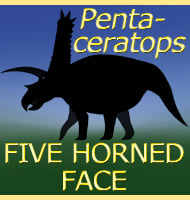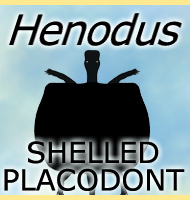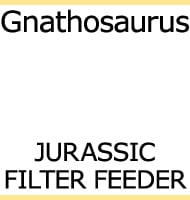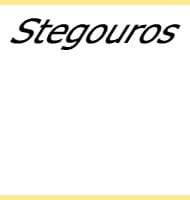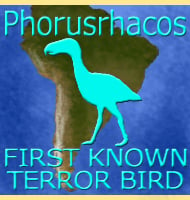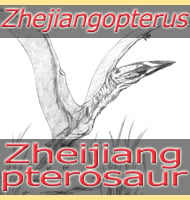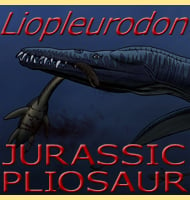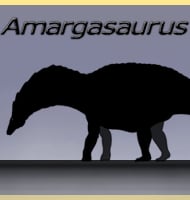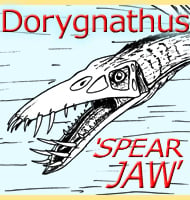In Depth
Like with many sauropod dinosaurs, Agustinia is known from incomplete remains. Some of these remains however revealed a startling revelation in that this sauropod had what appeared to be armour along its back similar in appearance to the plates of Stegosaurus, a herbivorous but completely different kind of dinosaur. This is in particular reference to the plates that would have been on the back of the neck of Agustinia, although these plates were at a right angle to how they would have been arranged in Stegosaurus which means that from the side they would have looked thin, but from the front you would have seen the full shape. However, later studies now suggest that this plates are actually fragments of the ribs and hips, and if this is true, then Agustinia did not have armoured plates.
The phylogenetic position of Agustinia has been difficult to establish as the few bones known for the genus display a combination of diplodocid and titanosaurid features. To make things even more difficult both of these groups of dinosaurs are known to have roamed South America during the Cretaceous. Agustinia was first named in 1998 as Augustia, but this was later found to have already been used for another creature, hence the change to Agustinia in 1999.
Further Reading
– An armoured sauropod from the Aptian of northern Patagonia, Argentina. – J. F. Bonaparte. In Proceedings of the Second Gondwanan Dinosaur Symposium Tokyo: National Science Museum Monographs Y. Tomida, T. H. Rich & P. Vickers-Rich (Eds). – 1999. – Osteology of the Late Jurassic Portuguese sauropod dinosaur Lusotitan atalaiensis (Macronaria) and the evolutionary history of basal titanosauriforms. – Zoological Journal of the Linnean Society, 168, 98–206. – P. D. Manion, P. Upchurch, R. N. Barnes & O. Mateus – 2013. – Bone histology sheds light on the nature of the ‘dermal armor’ of the enigmatic sauropod dinosaur Agustinia ligabuei Bonaparte, 1999. – The Science of Nature. 104 (1) – F. Bellardini & I. A. Cerda – 2017. – Revisiting the Early Cretaceous sauropod Agustinia ligabuei (Dinosauria: Diplodocoidea) from southern Neuqu�n Basin (Patagonia, Argentina), with implications on the early evolution of rebbachisaurids. – Historical Biology: An International Journal of Paleobiology. – F. Bellardinia, R.A. Coria, G.J. Windholz, A.G. Martinelli & M.A. Baiano – 2022.

